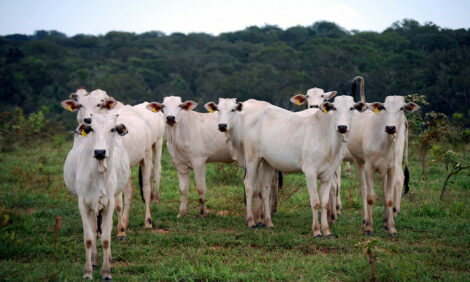



Potential Consequences of FMD Outbreak Examined
US - An economics professor with Iowa State University estimates the American pork industry would lose an average of $1.8 billion per year over 10 years in the event of a foot and mouth disease outbreak in the United States, writes Bruce Cochrane.|
University news is a Wonderworks Canada Production. Visit us at www.universitynews.org |
Foot and mouth disease is a highly infectious viral disease that affects cloven-hooved animals, including cattle, pigs, sheep, goats, antelope, deer, bison and other bovids.
As part of World Pork Expo 2012 in Des Moines, Iowa, "The Threat of Foot and Mouth Disease to the US Swine Industry" was among the topics discussed.
Dr Dermot Hayes, a professor of economics with Iowa State University, estimates the immediate impact of a US outbreak would be a 50 per cent drop in pork prices at the farm level and instead of making money, the US pork industry would lose about $5 billion in the first year and, over a 10-year period, would lose an average of $1.8 billion per year.
Dr Dermot Hayes-Iowa State University
The US and Canada have been phenomenally successful in exporting beef and pork.
Countries will not buy beef and pork from other countries that are infected.
One of the reasons we have been successful in exporting is that countries such as Japan will not buy pork from countries that are infected such as Brazil but even countries such as Brazil will not buy pork from other infected countries so it really shuts down your export opportunities and they are growth opportunities.
They are our Facebooks in agriculture and so we need to protect them as best we can.
Dr Hayes says in the event of an outbreak, the immediate gut reaction would be to stop all movement of animals but because we move so many millions of animals, people have realized we can't do that so the focus now is to develop plans that would allow the movement of animals that can be shown to not be infected.
He says there would be two ways to control the disease, either by vaccinating which would control the infection from a health perspective - but export markets would be lost - or to stamp it out by killing all of the animals in a 25 to 30 kilometer zone which if successful would allow elimination of the disease without the need to vaccinate.
TheCattleSite News Desk


